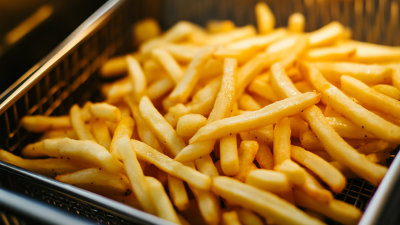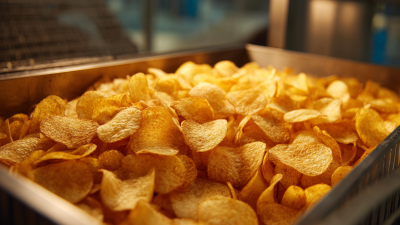
As the global demand for convenient and fast food options continues to rise, the importance of efficient food processing equipment, particularly the French Fries Slicer Machine, is becoming increasingly evident. According to recent market analysis by IBISWorld, the fast-food industry, which heavily relies on equipment that improves productivity and quality, is projected to grow at an annual rate of 4.2% through 2025. The 138th China Import and Export Fair in 2025 presents a pivotal platform for manufacturers and suppliers to showcase advancements in food processing machinery, including the French Fries Slicer Machine. The evolving trends in cutting techniques and automation are set to transform how food establishments prepare fries, aligning with consumer preferences for quality and efficiency. This paper aims to explore these trends and their implications for the industry, providing insights for stakeholders at the forthcoming fair.
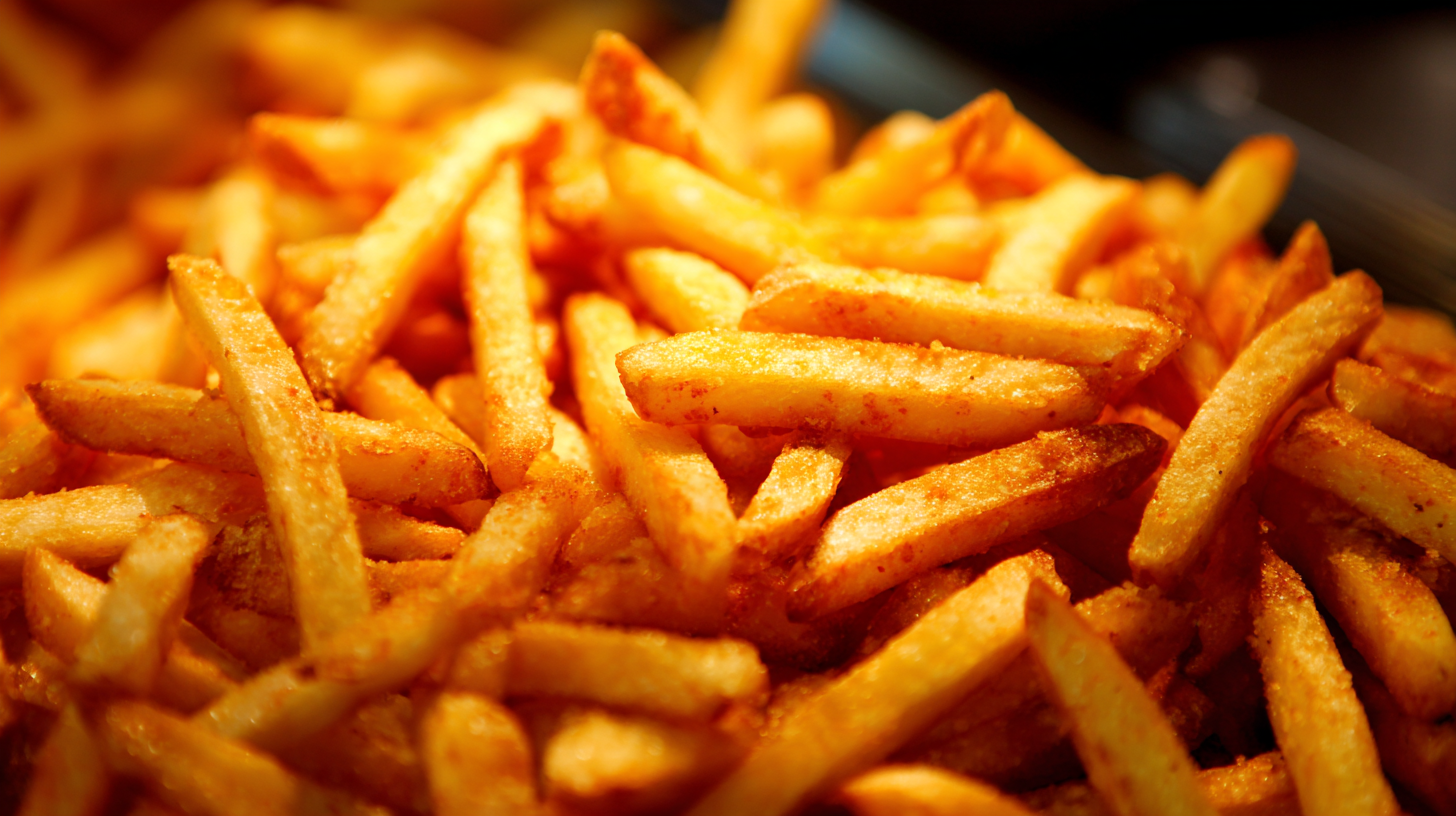
As the 2025 China Import and Export Fair approaches, the focus on emerging technologies in French fries slicer machines is becoming increasingly prominent. Industry reports indicate that the global market for food processing equipment is projected to reach approximately $55 billion by 2025, with a significant portion of this growth attributed to advancements in slicing technology.
Modern French fries slicer machines are now integrating automation, precision cutting, and enhanced safety features, resulting in improved efficiency and product quality.
One of the most notable trends is the introduction of smart slicing machines equipped with AI and IoT capabilities. These machines allow operators to monitor and control the slicing process remotely, enabling real-time adjustments based on product specifications. According to a recent study by Market Research Future, the demand for automated food processing equipment is expected to grow at a compound annual growth rate (CAGR) of 8% from 2023 to 2025, demonstrating a robust interest in innovative solutions. Such technologies are essential for catering to the rising consumer demand for high-quality French fries while optimizing production processes for manufacturers.
Furthermore, manufacturers are increasingly focusing on energy-efficient designs to meet sustainability goals. The incorporation of eco-friendly materials and energy-saving mechanisms in slicer machines not only reduces operational costs but also aligns with global trends aimed at minimizing carbon footprints. Reports suggest that eco-friendly processing equipment can reduce energy consumption by up to 30%, making them an attractive option for businesses aiming to enhance their sustainability while staying competitive in a fast-evolving market.
As we delve into the market trends surrounding French fries processing, it's clear that consumer preferences are shifting towards more innovative and efficient products. The demand for French fries slicer machines is on the rise, driven by an increasing focus on convenience and quality in food preparation. This trend is particularly visible at the upcoming 2025 China Import and Export Fair, where manufacturers will showcase cutting-edge technology that enhances the efficiency and consistency of French fries production.
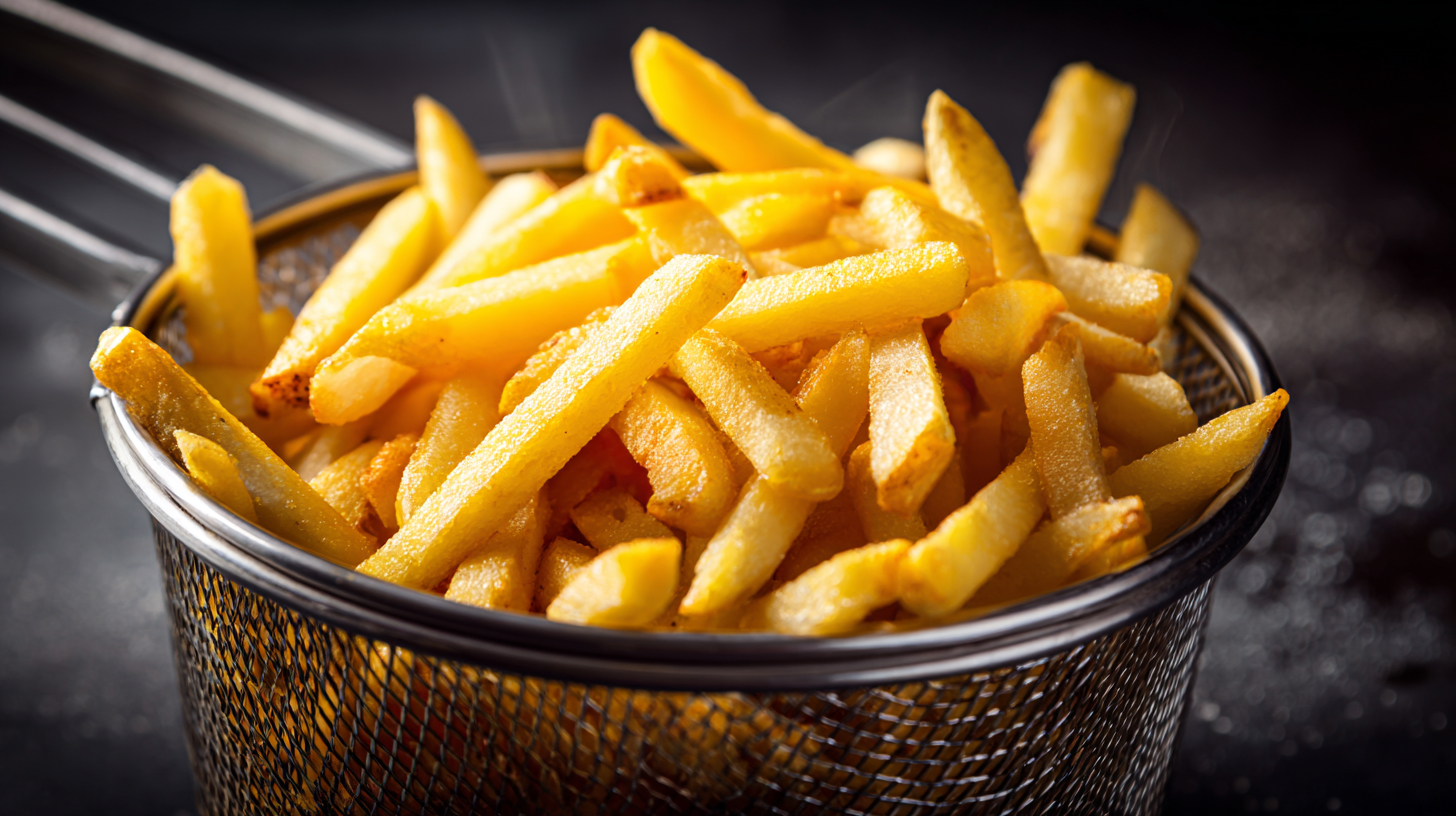
As the 2025 China Import and Export Fair approaches, the demand for French fries slicer machines is projected to significantly influence trade opportunities within the food processing sector. According to a recent industry report by MarketsandMarkets, the global food processing equipment market is expected to reach $100 billion by 2026, growing at a CAGR of 7.5%. This growth is primarily driven by the rising fast-food industry and an increasing consumer preference for processed foods, which is directly boosting the demand for innovative food slicing equipment.
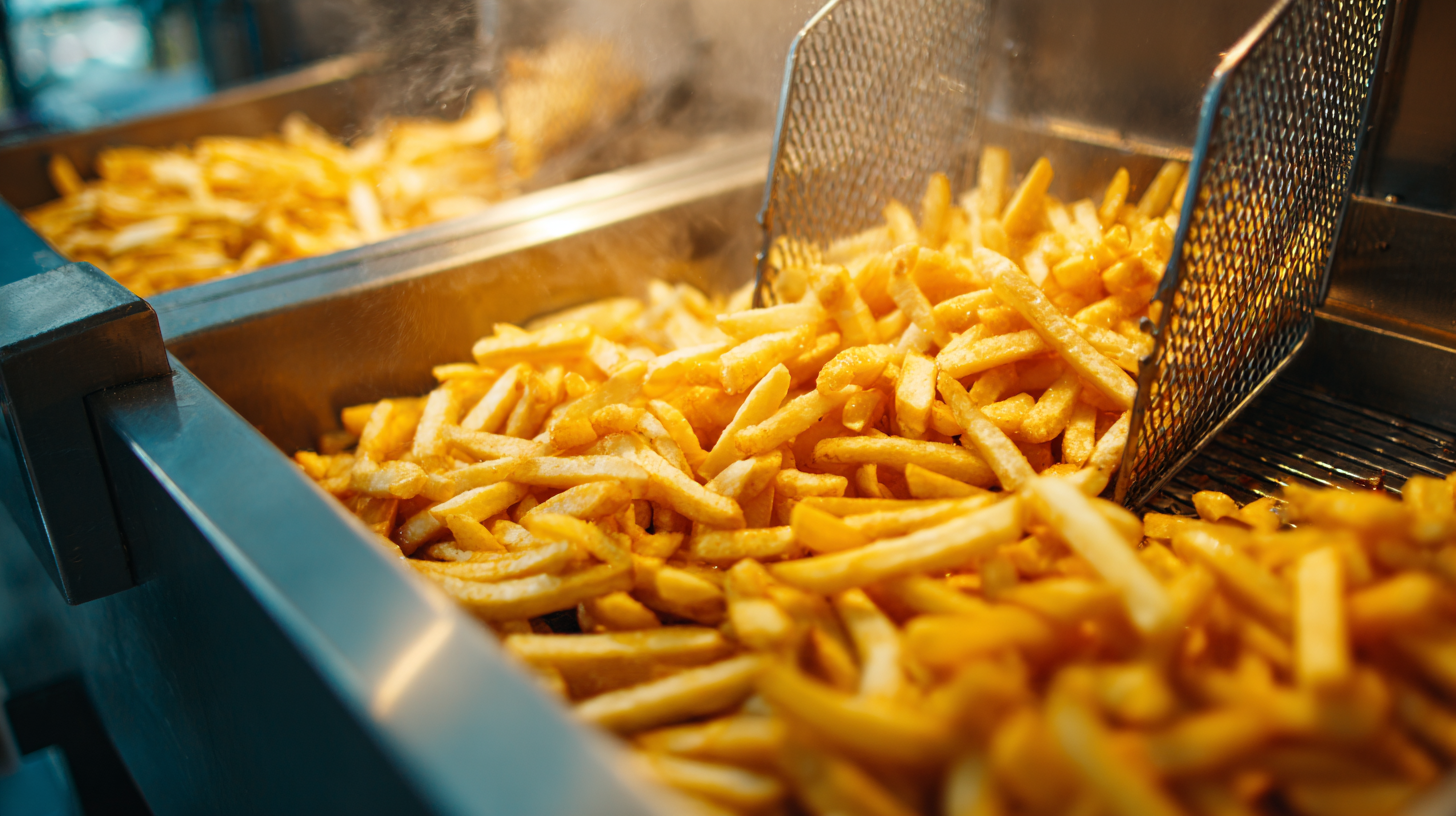
In the context of China, the market for French fries slicer machines is set to expand as local manufacturers seek to innovate and improve efficiency. The China National Food Industry Association reported that there is a burgeoning domestic market for snack foods, with potato-based snacks accounting for over 30% of total snack sales. Thus, the import and export landscape for French fries slicing technology presents substantial opportunities for both foreign suppliers and local enterprises aiming to meet this increasing demand.
With several exhibitors showcasing advanced French fries slicer machines featuring automation and enhanced precision, the fair will serve as a pivotal platform for businesses looking to capitalize on these trends.
As the 2025 China Import and Export Fair approaches, the focus on automation in food processing is becoming increasingly evident, particularly in the production of French fries. Recent industry reports indicate that the adoption of advanced slicing machines has increased production efficiency by up to 30%. This notable enhancement allows producers to meet rising consumer demand without compromising on quality. The use of automated French fries slicer machines also minimizes labor costs, which, according to the Food Processing Industry Association, can account for nearly 20% of total production expenses.
Automation not only streamlines the slicing process but also bolsters consistency in product quality. A report by the International Food and Beverage Alliance highlights that companies utilizing automated slicers experience a 15% reduction in waste compared to traditional methods. With a growing emphasis on sustainability and resource conservation, these advancements could play a crucial role in the industry's future, promoting both economic viability and environmental responsibility. The automation trends observed at the upcoming fair will likely set the stage for a shift in operational paradigms within the French fries sector, propelling it toward a more efficient and productive future.
The regulatory landscape for food processing equipment in China is evolving rapidly, especially with the increasing popularity of machines like french fries slicers. Manufacturers and importers must navigate a complex set of regulations that govern safety, hygiene, and efficiency standards. The Chinese government has implemented stringent guidelines to ensure that food processing equipment complies with both domestic health standards and international best practices. This regulatory framework is critical for ensuring food safety and enhancing consumer protection in a market that is becoming increasingly competitive.
As technology progresses, the need for compliance with these standards presents both challenges and opportunities for businesses attending the 2025 China Import and Export Fair. Companies must stay informed about the latest regulations, as non-compliance can result in significant penalties or a loss of market access. Moreover, successful adaptation to these regulatory requirements can serve as a competitive advantage, enabling manufacturers to demonstrate the reliability and safety of their equipment. Therefore, understanding the regulatory landscape is essential for businesses looking to thrive in China's dynamic food processing sector.

